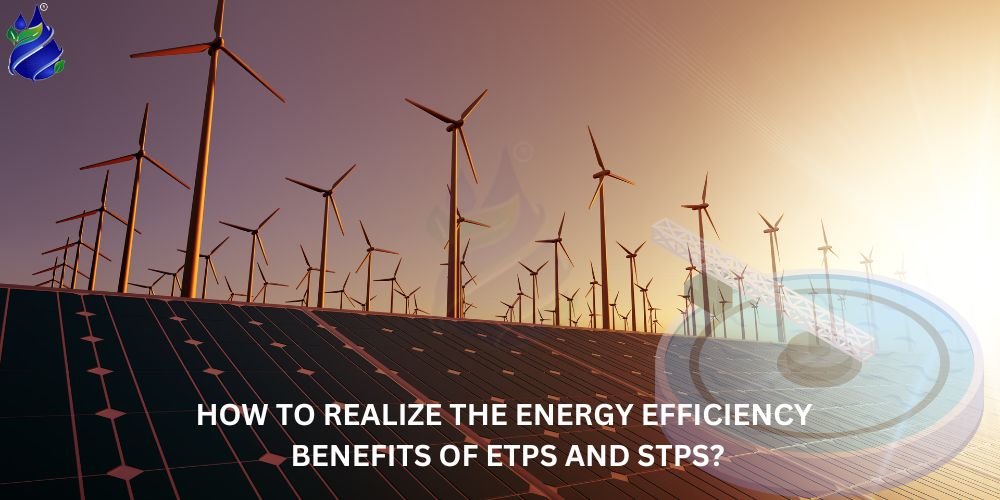
Introduction
An establishment that cleans and treats contaminated water to be safely released back into the environment or used for other purposes is known as a wastewater treatment plant. Before being released back into rivers, lakes, or the ocean, it provides Water Treatment produced by homes, businesses, industries, and other sources.
Wastewater treatment plants are required for several important reasons
- Environmental Protection: Chemicals, pathogens, organic matter, and nutrients are contaminants found in untreated wastewater. These pollutants have the potential to damage aquatic ecosystems, impair aquatic life, and upset the ecosystems' natural equilibrium when they are discharged into bodies of water without being treated.
- Public health: Bacteria and pathogens that cause disease are frequently found in wastewater. It can contaminate drinking water sources and seriously endanger human health if improperly treated. By lowering these hazards, appropriate care ensures the public's health and safety.
- Resource Conservation: Preparing wastewater for reuse contributes to resource conservation because water is a limited resource. Reclaimed water, sometimes referred to as treated wastewater, can be utilized for groundwater replenishment, industrial activities, and irrigation, which lessens the demand for freshwater supplies.
- Respect for Regulations: When it comes to the release of wastewater into the environment, the majority of countries have stringent guidelines and criteria. Treatment facilities make sure that the water that is released complies with these regulations, averting penalties and legal repercussions for environmental infractions.
A Brief Description of STP and ETP
The terms sewage treatment plant (STP) and effluent treatment plant (ETP) are interchangeable. Although they handle distinct sources and kinds of wastewater, both are essential facilities in the wastewater treatment process.
Sewage Treatment Plants (STPs)
STPs mostly handle wastewater from homes or cities. They get wastewater from residences, businesses, and establishments. Screening to remove large objects, primary treatment (separating solids), secondary treatment (using biological processes to remove organic matter and pathogens), and often tertiary treatment (further purifying the water before discharge or reuse) are the steps in the sewage treatment process. Before returning the water to the environment, STPs work to effectively treat sewage to guarantee the elimination of dangerous contaminants and pathogens.
Effluent Treatment Plants (ETPs)
These facilities manage wastewater from industrial sources for Energy Conservation. Different kinds of effluents that are specific to an industry's processes and contain chemicals, poisons, heavy metals, and other pollutants are produced by that industry. ETPs are made to handle these complicated effluents using procedures that are specific to the many kinds of contaminants they include. To remove or neutralize dangerous materials and guarantee compliance with environmental standards before treated effluent is discharged into water bodies or for reuse, they may entail physical, chemical, or biological treatments.
Importance of STP and ETP
Effluent treatment plants, or ETPs, and sewage treatment plants, or STPs, are essential for protecting the environment through resource optimization. STPs handle household wastewater, cleaning it up before it is released into the environment to protect public health. By eliminating contaminants, they shield ecosystems from harm and avert waterborne illnesses.
When handling industrial effluents, ETPs make sure that toxins, heavy metals, and dangerous chemicals from industrial operations are cleaned up before being released. This protects aquatic environments, keeping them clean and maintaining aquatic life. STPs and ETPs are essential for preserving water quality, following rules, and preserving a balanced relationship between human activity and the environment through Sustainable Practices.
Energy Efficiency Benefits of ETPs and STPs
Increased efficiency in sewage treatment plants (STPs) and effluent treatment plants (ETPs) offers significant energy savings and promotes environmental Sustainability.
- Renewable Energy Integration: ETPs and STPs can drastically lessen their reliance on traditional energy sources by modernizing them to make use of Green Technology sources like solar panels, wind turbines, or biogas digesters. This integration reduces operating expenses, the environmental impact, and carbon emissions.
- Energy Recovery from Waste: During treatment, biodegradable waste is produced by both STPs and ETPs. These facilities may turn organic waste into biogas, which can be used as a renewable energy source for heating or producing electricity, by using methods like anaerobic digestion.
- Optimized Procedures and Equipment: Energy consumption in treatment procedures is decreased by implementing energy-efficient technology, such as aeration systems, motors, and pumps. Reducing energy consumption without sacrificing treatment quality can be accomplished by switching to more sophisticated equipment and streamlining operational processes.
- Heat Recovery Systems: ETPs and STPs can capture and use excess heat produced during the Wastewater Management process by installing heat recovery systems. Reclaimed heat can be used to heat buildings, water, or other industrial processes, which lowers the need for energy overall.
Conclusion
Contact Trity Enviro Solution at +91 9821030072 or enquiry@trityenviro.com, if you would like assistance setting up any of the aforementioned treatment plants. We are manufacturers of commercial RO plants, industrial RO plants, sewage treatment plants, water softener plants, and effluent treatment plants.


